
The Impact of Climate Change on Moose Populations
The Impact of Climate Change on Moose Populations in the Northern Hemisphere.
Moose, the largest members of the deer family, have long roamed the vast, chilly forests of the Northern Hemisphere.
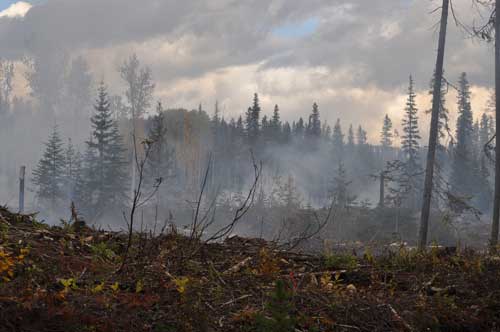 An area being burned after logging due to infestation of the Northern Pine Beetle
An area being burned after logging due to infestation of the Northern Pine BeetleThese iconic creatures, with their impressive antlers and hulking presence, are more than just a symbol of the wilderness—they are vital components of their ecosystems. However, recent studies have revealed that moose populations are facing numerous challenges, many of which are exacerbated by the ongoing effects of climate change. This article examines the various ways climate change is impacting moose across different regions, from North America to Europe and Asia, and explores potential strategies for conservation and adaptation.
Section 1: Understanding Moose Ecology
Moose are highly adapted to cold environments. Their thick fur and large size help them endure harsh winter conditions, while their long legs enable them to navigate deep snow. In spring and summer, moose feed on a variety of vegetation, including leaves, bark, pine cones, and aquatic plants, which they access in wetlands and lake areas. The balance of these ecosystems, closely tied to climate patterns, plays a crucial role in the survival and reproduction of moose.
Section 2: Direct Effects of Rising Temperatures
One of the most straightforward impacts of climate change on moose populations is the stress caused by increased temperatures. Moose are cold-adapted animals, and their bodies are not well-suited to handle prolonged periods of heat. Heat stress not only affects their behaviour, making them less active and reducing their feeding time, but it can also lead to lower reproductive rates and increased mortality. In regions such as Minnesota, warmer winters have already been linked to declines in moose populations.
According to the University of New Hampshire: "Moose are
perfectly adapted to cold but do poorly in warm weather. A highly
insulative coat, thick skin, and low surface to volume ratio make it
difficult for moose to stay cool. At summer temperatures above 57 F (13.9 C) and winter temperatures above 23 F (-5 C) moose start to heat stress."
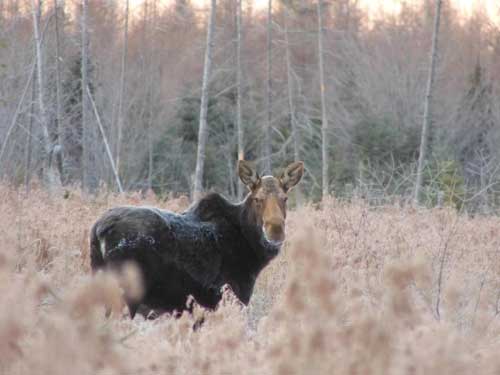 A cow moose stands in a frosted meadow. Will this type of scene become a thing of the past?
A cow moose stands in a frosted meadow. Will this type of scene become a thing of the past?Section 3: Changing Winter Weather Patterns
The alteration of winter weather patterns is another significant consequence of climate change affecting moose. Traditionally, deep snow benefits moose by making it difficult for predators like wolves to hunt. However, increasingly mild winters have led to shallower snowpacks, facilitating greater predator access and thus higher moose mortality rates. Additionally, fluctuating temperatures result in more frequent freeze-thaw cycles, creating ice crusts atop the snow that can impede moose from accessing food or moving freely, further stressing their energy reserves.
Section 4: Parasites and Disease
Climate change also influences the prevalence and distribution of parasites and diseases that afflict moose. Warmer temperatures and milder winters contribute to the survival and expanded range of pests like ticks. The winter tick, in particular, has become a significant problem for moose; heavy infestations can weaken adult moose and be fatal to calves by causing severe blood loss and anemia. Diseases such as brainworm, carried by white-tailed deer whose range is expanding northward, are also more frequently impacting moose as the climate shifts.
Section 5: Habitat Alteration and Food Availability
As temperatures rise, the habitats suitable for moose are shifting northward and to higher elevations. This shift leads to habitat fragmentation, which not only makes it harder for moose to find suitable living conditions but also reduces the availability of preferred food sources. Changes in precipitation patterns and increased incidence of wildfires further alter landscape structure and the types of vegetation available, potentially forcing moose into less optimal areas and increasing competition for food.
Section 6: Impacts in Different Regions
The effects of climate change on moose are not uniform across the Northern Hemisphere. In Scandinavia, for instance, warmer temperatures have led to an increase in certain types of vegetation that moose feed on, temporarily boosting their numbers. However, the long-term sustainability of these populations is uncertain as other climate-related pressures mount. In Russia’s Siberian forests, the encroachment of human activity amplified by climate-driven changes is putting additional pressures on moose habitats.
Section 7: Conservation Efforts and Future Strategies
Addressing the impacts of climate change on moose requires a multi-faceted approach. Conservation efforts need to focus on protecting large, connected tracts of habitat to accommodate shifting ranges and providing moose with access to adequate and appropriate food sources. Monitoring and managing the health impacts of parasites and diseases are also critical. Additionally, mitigating broader impacts of climate change through global efforts to reduce greenhouse gas emissions will be crucial for the long-term survival of moose populations.
Conclusion about the affects of Climate Change
Climate change poses a significant threat to moose across the Northern Hemisphere, impacting their health, habitat, and the delicate balance of the ecosystems they inhabit. The future of these majestic creatures depends on our ability to understand and mitigate these changes effectively. As indicators of ecological health and keystones of boreal and temperate forests, conserving moose is not just about saving a single species but about preserving the integrity of entire ecosystems for generations to come.
Want to learn how to hunt moose? Or are you wanting to increase your moose hunting skills?
Look no further!
Our moose hunting tips book is written with
not just the novice in mind, there are tips in the book that even the
most seasoned moose hunter will find of value.
The book includes 57 chapters, with more than 150 pages of information, jam packed with tips, techniques and discussions - The Ultimate Guide to Moose Hunting!
And don't forget to order one of our Fiberglass Moose Calls. In stock and ready to ship.
- Home
- Moose Facts
- Climate Change
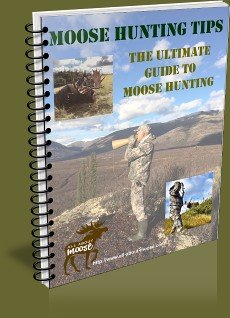
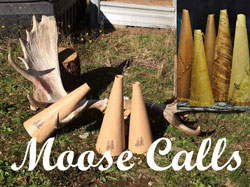
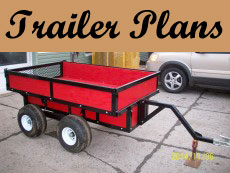
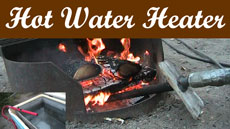



Comments
Have your say about what you just read! Leave me a comment in the box below.